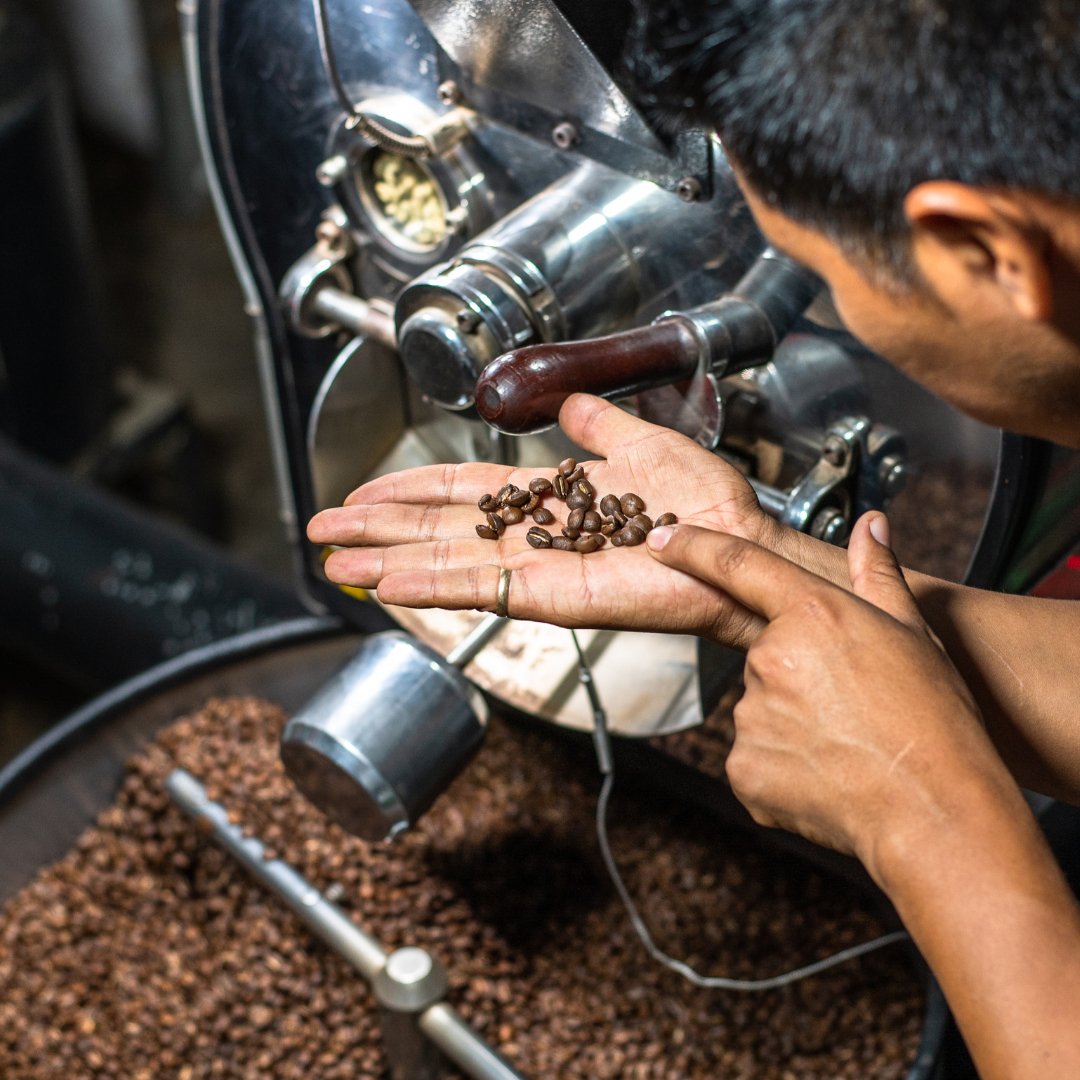When you grab instant coffee off the shelf, do you ever stop to think about what’s inside? Most of the big players are giving you chicory-blended coffee for a quick aroma hit, masking low-quality beans. And then there’s the 100% Arabica options. Sounds fancy, right? But here's the catch—they often use lower-grade beans because they think, “It’s just instant coffee; who’ll notice?”
Well, we noticed. And I think you should, too.
When we started Bestia Brisk, we wanted to do things differently. We went to Kodagu (Coorg), India’s coffee heartland, to source the finest AAA-grade beans. Not just any beans—handpicked, rich, and full of character. But sourcing wasn’t the end; it was just the beginning. How we roasted those beans would be the game-changer.
The Art of Roasting: Why It Matters
Roasting is where the magic happens in coffee. It’s what brings out the flavour and overall character of the beans. There are generally three types of roasting:
- Light Roast: This one preserves the bean’s natural flavours. It’s bright, fruity, and has more acidity, but it can taste sour if not done right. Most instant coffee brands don’t bother with this because it requires careful bean selection and precision.
- Medium Roast: Balanced, with a mix of bean flavours and roast characteristics. It’s smoother and more complex. This is where many brands claim to be, but often, they use it as a way to mask subpar beans.
- Dark Roast: Bold, strong, and often bitter. The beans are roasted to the point where the original flavours are almost entirely replaced by smoky, burnt notes. Many commercial brands go this route to cover up the low quality of the beans.
What Are Others Doing?
Most of the instant coffee market leans toward dark roasting. Why? Because it’s easy to mass-produce, and it hides the flaws of poor-quality beans. Some even mix in chicory to add body and aroma. The result is a coffee that’s strong, sure, but it’s also one-dimensional. There’s no depth, no nuance, no real flavour journey.
Why We Went with Slow Roasting
At Bestia Brisk, we didn’t want to take the easy route. We wanted to offer a coffee that’s smooth, strong, and full of character—something you could actually enjoy, not just gulp down for a caffeine fix. That’s why we use slow roasting.
Here’s what makes slow roasting different: instead of quickly blasting the beans with high heat, we roast them at a lower temperature for a longer time. This allows the beans to develop their complex flavour profiles gradually. It’s like cooking a stew; the longer you let it simmer, the richer the flavours become.
Our Blend: Slow Roasted for the Perfect Balance
We spent months figuring out the best way to roast our blend of 60% Arabica and 40% Robusta. A quick roast would have been easier, but it wouldn’t do justice to the quality of the beans. Through slow roasting, we were able to extract delicious notes from both types of beans—smoothness from the Arabica and strength from the Robusta. It gives our coffee that rich, full-bodied flavour without any bitterness.
Why does this matter? Because when you take a sip of Bestia Brisk, you’re getting a coffee that’s been carefully crafted at every stage, from sourcing to roasting. We’re not just masking flaws with chicory or over-roasting to cover up poor quality. We’re bringing you the real deal—a coffee that’s complex, smooth, and satisfying.
Why Slow Roasting Makes a Difference
So, here’s the truth: not all coffee is created equal. Most brands take shortcuts with their roasting to save time and costs. We didn’t. We chose the slow roast because it brings out the best in our AAA-grade beans, creating a coffee that’s rich, layered, and balanced. It’s something you really have to taste to believe.

0 comments